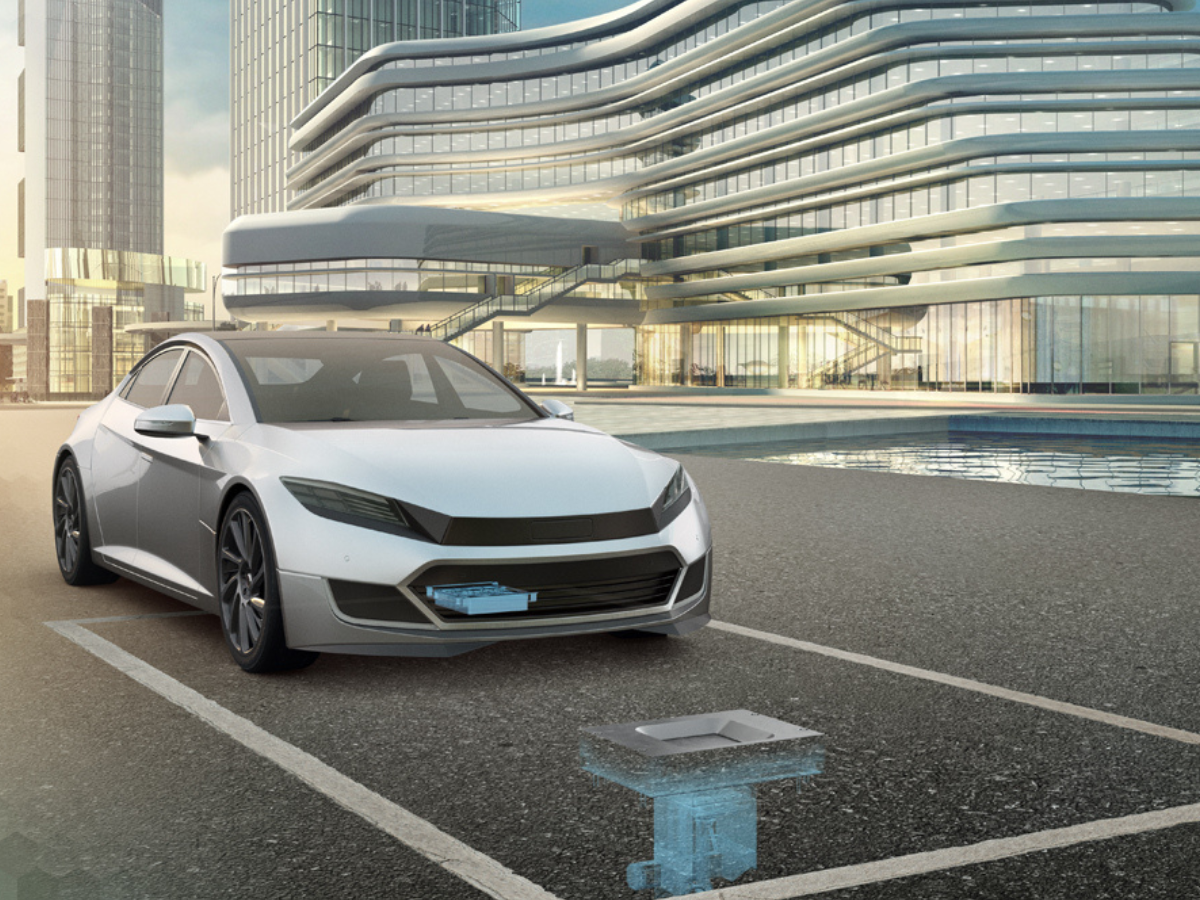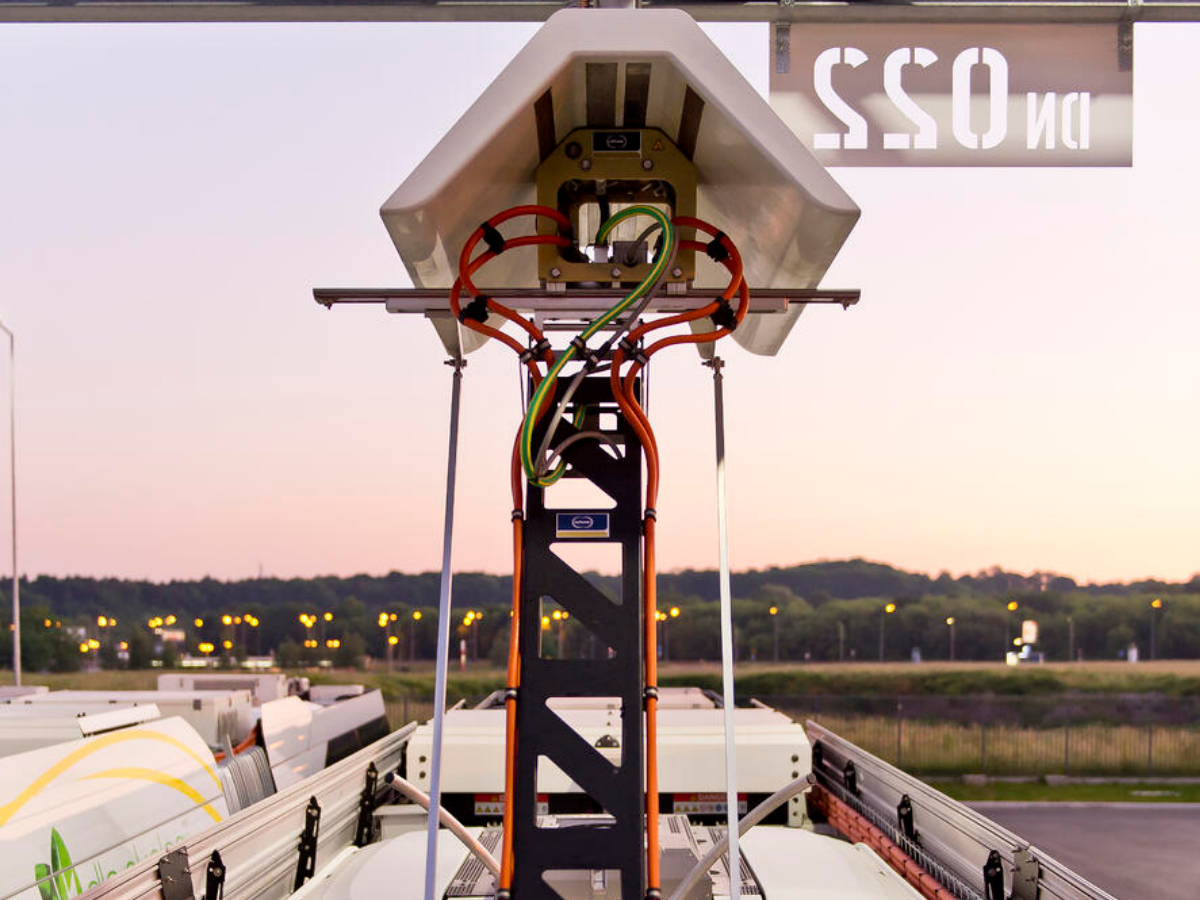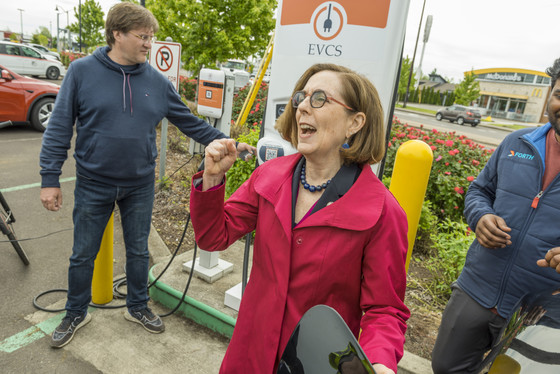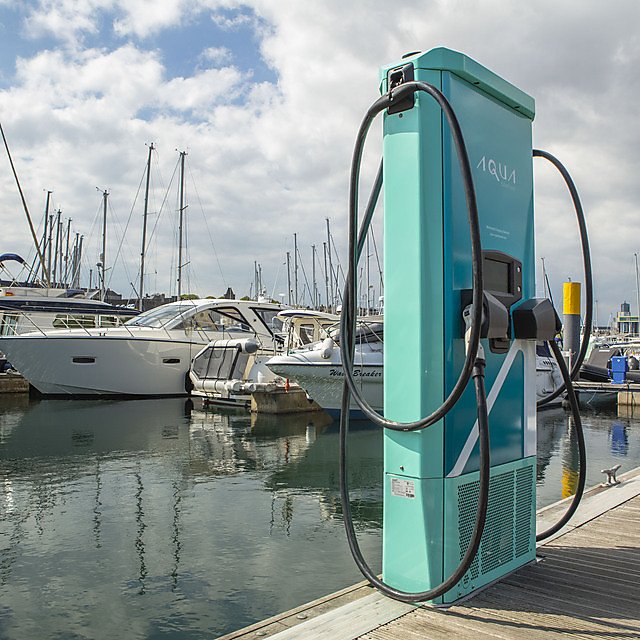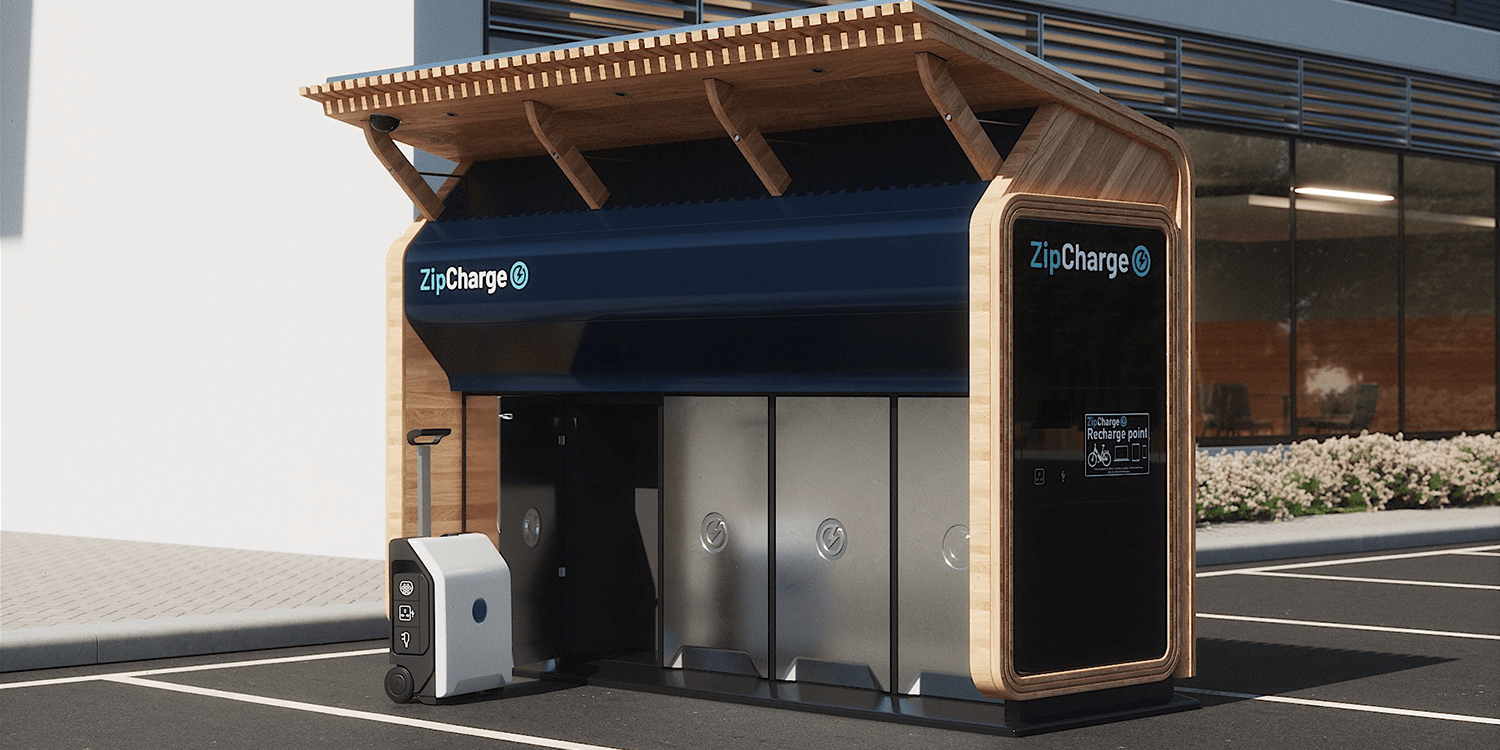New energy for electric buses overnight – autonomous, wireless, economical
More and more cities around the world are turning to electromobility for public transportation. Current collectors for electric buses from Schunk are already in use in over 100 cities in 25 countries. Now, with the Depot Charger SLS301, there is a new pantograph model that enables automated charging of electric buses in the depot. The advantage: although the Depot Charger is capable of high power charging similar to the standard inverted pantograph, its simple, compact and light weight design makes it an economical solution for depot charging.
Find out here what advantages Depot Charging offers over conventional plug-in solutions and why transport operators can save costs with the Depot Charger SLS301.

1. Depot Charging Requires Less Space
Municipalities or cities that have an electric bus fleet have to allow a lot of parking space when using the plug-in method because of the side-mounted plugs and the necessary spacing of the vehicles. The charging process with the Depot Charger SLS301, on the other hand, is based on the top-down principle, which means that the pantograph makes contact with the vehicle-side counterpart from above. In this way, the buses can be parked very close together, so that less parking space is required than with plug-in charging.
2. Depot Charging Saves on Personnel
In some cases, bus drivers are not trained to initiate the plug-in charging process. Involving trained professionals to do this involves a very high cost, which can be saved with automated charging. Here, vehicles can park under the system with some tolerance, and an automatic signal provides the connection to the pantograph. Specially trained personnel are not required for the process.
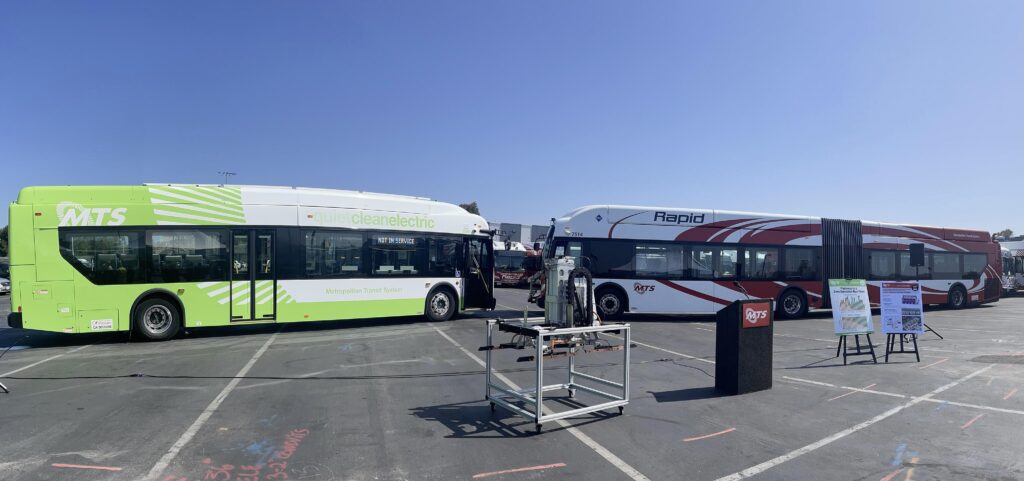
3. Depot Charging Saves Costs
Cables and plugs, as required for plug-in solutions, are less expensive as an initial investment, but they are also susceptible to damage and wear. It can be assumed that plugs and cables will need to be replaced several times during the life of the bus. Assuming the average life of a depot charger is at least 15 years, the total cost of ownership (TCO) can be up to 50 percent lower here.
This is how the Depot Charger SLS301 works.
Further Smart Charging Solutions for Electric Vehicles
The Depot Charger SLS301 adds an efficient overnight charging alternative to Schunk’s existing portfolio of charging solutions for electric buses.
The SLS102 and SLS103 pantographs are designed for charging on the track. They are mounted on electric-powered vehicles, and contact with the infrastructure is made via the bottom-up principle. The SLS201 inverted pantograph, on the other hand, is integrated into the charging infrastructure and requires a counterpart on the vehicle for the upside-down connection.
In addition to that, our experts are working on the development of the prototype of an autonomous fast charging system for electric vehicles. The Underbody Charger could become the e-charging station of the future, you can learn why here.
This article was originally published by Schunk.





